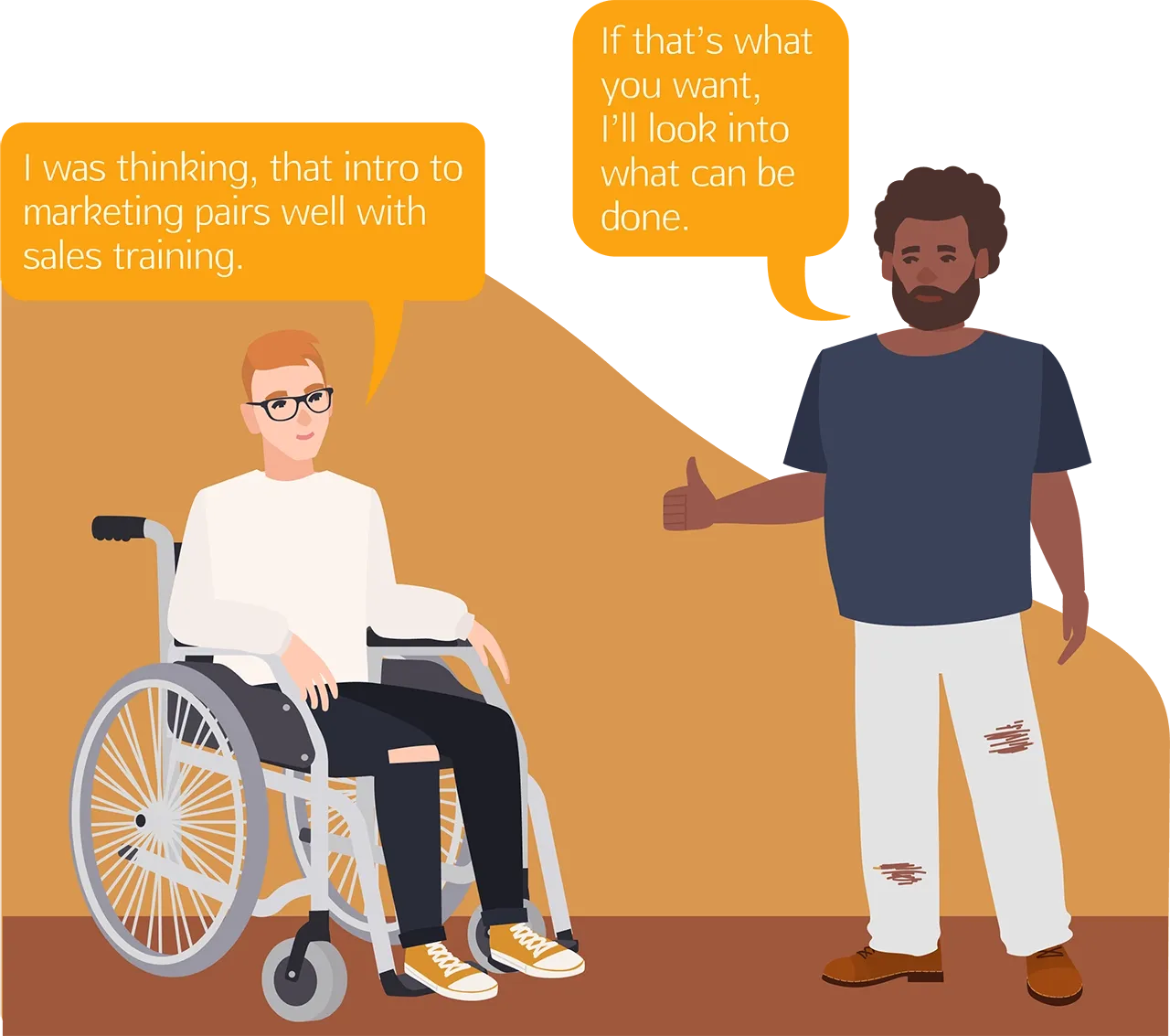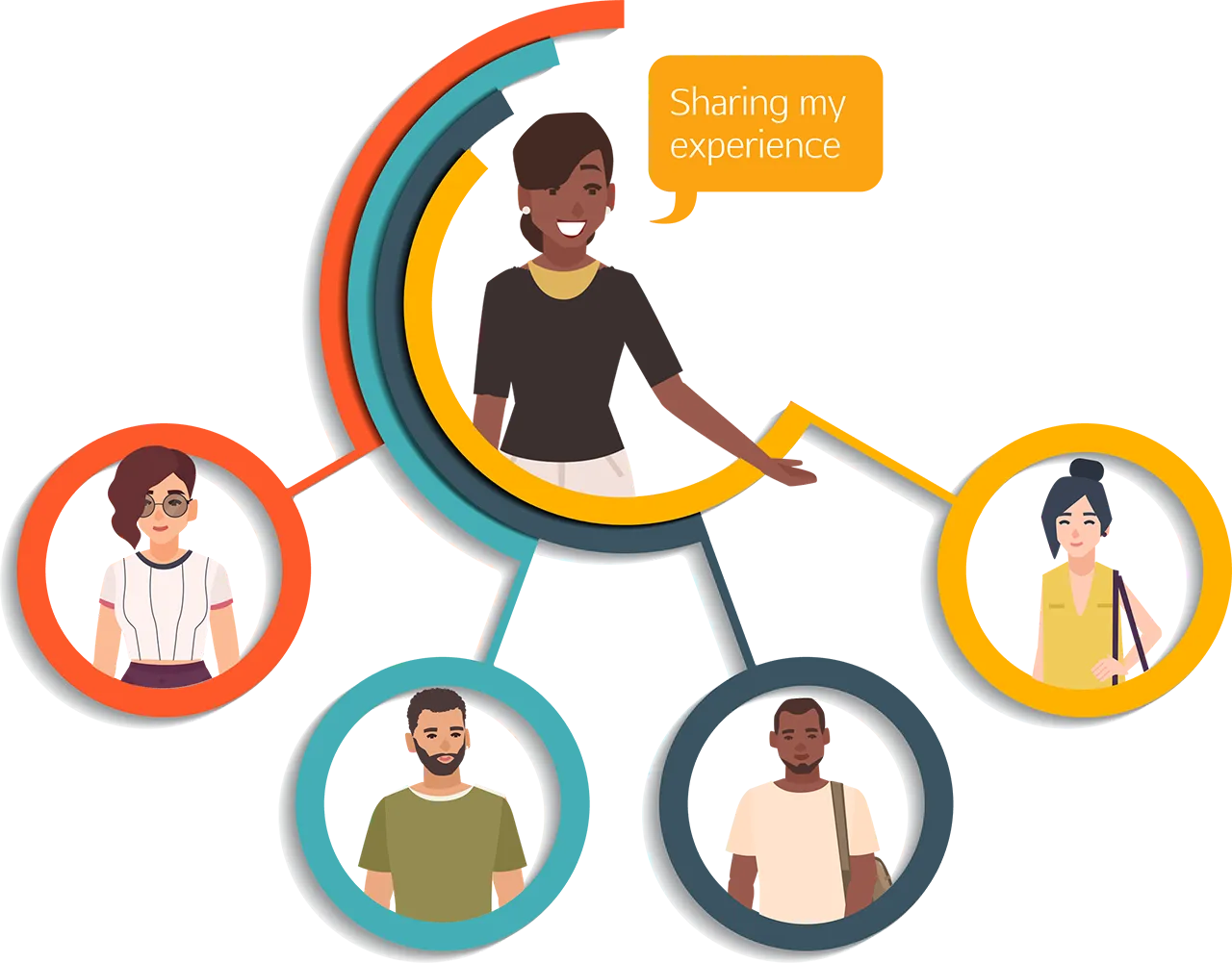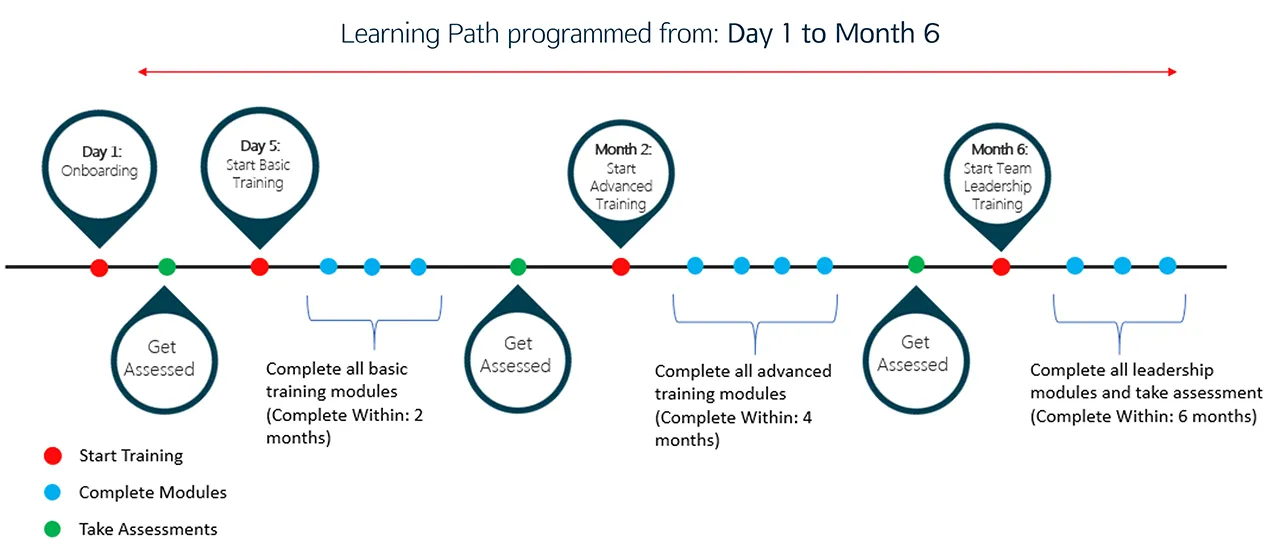2022 is finally here, and it gives a whole new meaning to training, eLearning, and employee enablement. If you haven’t guessed yet, it’s the combination of training, eLearning, and employee enablement that together form the basis for this list.
We are talking about how training has changed completely since 2019 and cemented itself as one of the most sought-after activities for organizations. How eLearning is driving the function of training currently at the corporate level and how employee enablement is what organizations are trying to achieve by focussing more on eLearning-based training. will be the focus of 2022.
Here’s how training has changed for the better in 2022
Job cuts, remote working, new policies, and an endless list of factors together have reshaped the corporate landscape. From bringing people up-to-speed on remote working to assisting understaffed establishments achieve more with fewer resources, training has indeed played a role. But how has it really changed? And is there even proof that it has in the first place?
Increase in the adoption of training

Currently, almost 80% of corporates around the world are actively investing in training and development. And theThe remaining 20% are already considering implementing training as a standard practice at the workplace. This means training and development has have gone big, and we mean really big. In 2018, training was still just a footnote in the diaries of corporates who considered the activity to be more or less of a cost-centre related activity. But times have changed and a workplace with no training is a workplace that employees want to avoid. We’ll get to more of this in a bit.
What’s driving the increase in training adoption?
Training is expected to drive corporates on multiple fronts. Gone are the days of one-way, uni-directional training. We are in the days of bi-directional and even cross-directional training. Where, where the request to train is now arising from the employees rather than the top-level management.
In some cases, the request to train is also arising from customers, vendors, and partners who choose to work with an organization only if a fool-proof training action plan is present.

Why is this so?
Well, many organizations do not have the time or the bandwidth to get into lengthy partnerships and time-consuming learning curves associated with new partnerships and ventures. Everybody wants to hit the floor running and that means having enough training and onboarding material on both group’s part to help each other.
Add to this is the fact that some businesses are understaffed, others are operating with remote teams, and the great resignation has most affected age groups 30-45 which forms the mid-senior level at most organizations, and you’ll realize that no training in such conditions is asking for trouble. So, whether you want to upskill your current employee to meet more or just sign that partnership deal for a new venture, knowledge transfer is the only thing that is bridging this gap and training is how you do it.
Here are the training trends for 2022:
- eLearning-based training
- Blended training
- Remote trainer-based training
- Training centres being setup for customer and partners How has eLearning Changed
In the long and short of it, eLearning has become the primary form of training for most corporates and educational bodies. But when talking solely about corporates, eLearning is how most want to continue ahead.
We are looking at organizations stressing on newer types of eLearning-based training which revolve around stress management, using remote video tools, managing remote teams, safety precautions when returning to office, and other topics along similar lines. What this shows is that the fundamental principles of how companies operate has changed. And companies are responding to this change with training that is built around these new training topics.
What type of eLearning do companies prefer in 2022?
Obviously, with an increase in the need for eLearning, the budgets needed to develop training has increased as well. Some organizations are working towards putting more resources together while others are going with Rapid eLearning Development techniques which represents cost and time-friendly development models.
Videos still continue to be delivered in microformats, but narrator-based training development seems to show promise in the coming time. This is where a trainer records themselves speaking and spends some time editing media elements into the video to complete the micro module package.
It’s an improvement over the traditional format of building videos with animation and still images only. It is also a more cost-friendly and time-conscious method of building high quality training with great impact. Especially when the need to build a lot of training is driving the industry.
What are some of the trending formats of eLearning in 2022?

Microlearning
There is no denying that microlearning is still the preferred method of training employees using videos, albeit the types of videos are changing with a more direct record-and-edit video becoming prevalent. There is no denying that microlearning is still the preferred method of training employees using videos albeit the types of videos are changing with a more direct recordandedit video becoming prevalent.
In some cases, the request to train is also arising from customers, vendors, and partners who choose to work with an organization only if a fool-proof training action plan is present.
Experience-based eLearning
Here is eLearning that is built to test the experience metrics of learners and then improve upon it by implementing changes. Although in play since 2018, the technologies that support learner experience have been making great improvements, and soon most eLearning will move to this format.
In some cases, the request to train is also arising from customers, vendors, and partners who choose to work with an organization only if a fool-proof training action plan is present.


Social Learning
It’s clear that colleaguesnobody can teach better than a colleaguecolleagues sharing experiences is great for employee training. And., Aand social learning is still making good use of this. Organizations are actively converting their star employee’s knowledge into packages of content that everybody can access. Also, platforms with ability to share peer-to-peer knowledge are seeing a great demand.
In some cases, the request to train is also arising from customers, vendors, and partners who choose to work with an organization only if a fool-proof training action plan is present.
Learning Paths
As AI and automation start becoming central to learning facilitators across the globe, a good tool in their bag is learning path. This is the ability to automate learning curriculum in advance for specific learners. Off recently, learning path seems to have taken a step ahead by allowing AI generated learning paths for most optimal curriculum development.
In some cases, the request to train is also arising from customers, vendors, and partners who choose to work with an organization only if a fool-proof training action plan is present.

Employee Enablement
And finally, we have the buzzword of 2022 which is quite honestly more than just a buzz and increasingly becoming a nightmare for those who believed in ‘employees come second.’ If there are organizations out there who still believe in this phrase, then now is the time to reconsider stance. Many businesses made the fault of not keeping employee development at the forefront of their plans. Some were exploiting employees in the name of opportunity and other just cared less.
Well, the pandemic did more than just bring out and unleash the pent-up frustration of employees. It gave many enough time to invest in self-development and realize new potentials. As a result, the resignation rates in the USA touched 3% leaving many employers helpless.

So what do employees want in 2022?
In short, they want to work for an organization that cares about their development and wellbeing. In the long run, they want training to upskill, take on new roles, be considered for internal promotions based on merit which include bothvertical as well as horizontal promotional opportunities, and the ability to feel as though their efforts towards self-development are supported and appreciated by employers.
Fail to do this and you’ll find yourself in the red with great employee who have amazing potential. On the other hand, if you’re not planning on doing any of these as an employer, be ready to deal with employees who have one foot outside the door even before they’ve landed at your workplace. And even then, you’ll need some form of training in place because employees are going to leave at an increased rate and that means you’ll be left hiring more people than ever before who may or may not have all the knowledge needed to excel at a job.
What can you do to be better in 2022?
- Invest in training, do not cheap out.
- Think about building your employees not just usinguse their skills.
- Give them an opportunity to grow internally based on merit, hiring. Hiring external talent is going to be tough anyway.
- Treasure your existing employees but know that they are temporary.
- Prepare actions plans that account for training a steady flow of employees.
- Enable employees along all levels.
Conclusion
In all honesty, there are no new ground-breaking trends or technologies that are coming the way of training as some may say like AI and so on. We as a human species are far away from being totally reliant on AI for a number of things and training and development is certainly not something you leave onto the unambiguous nature of our current AI technology.
Rather, focus on the trends in the way people operate under the current situations, think. Think about what has changed since the pandemic arrived, think. Think about how people are reacting to a world where development is either in the hands of the employer or the employee may take it all upon themselves.
We are eNyota Learning and we are celebrating 15 years of serving the eLearning space with all our heart and soul. There’s a whole lot that we can do for you organization if eLearning is something that interests you. Reach out to us at contactus@enyotalearning.com or click this form to arrange a call back.




